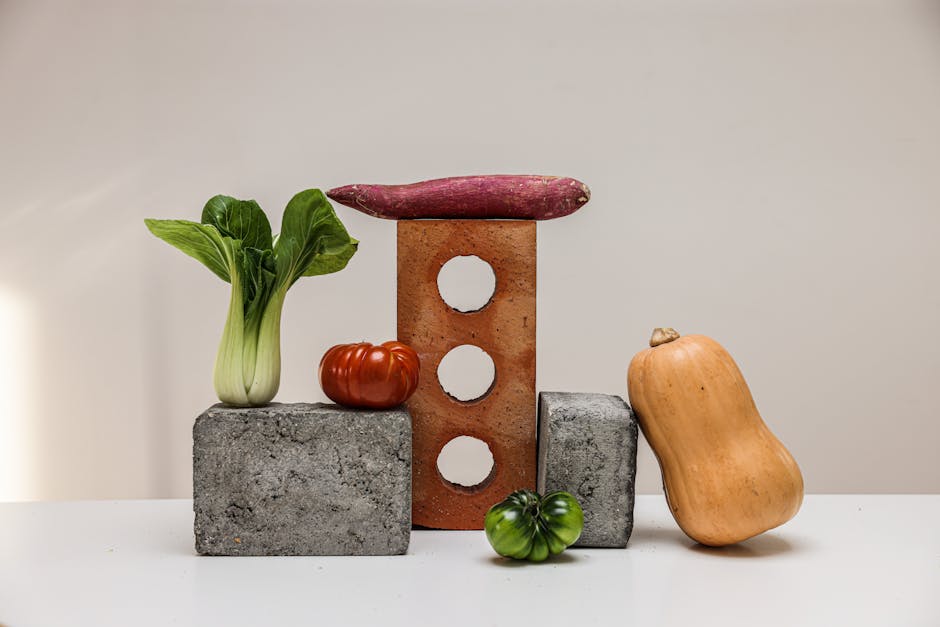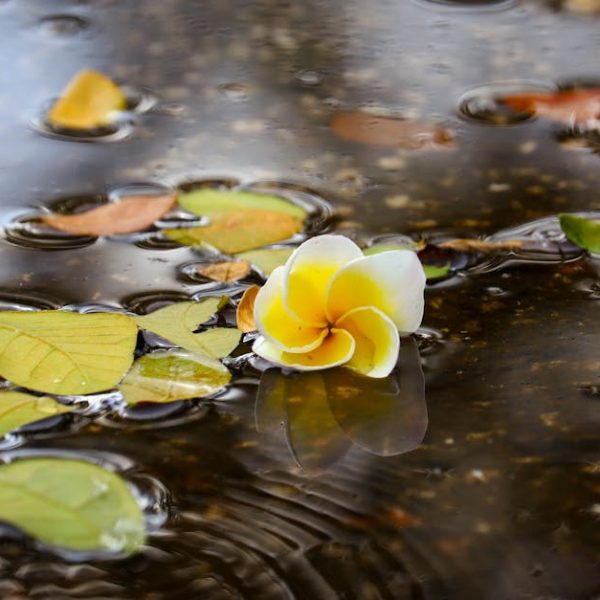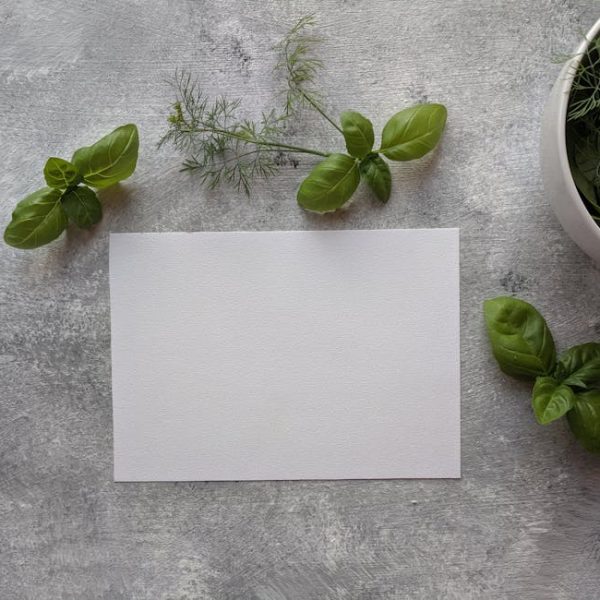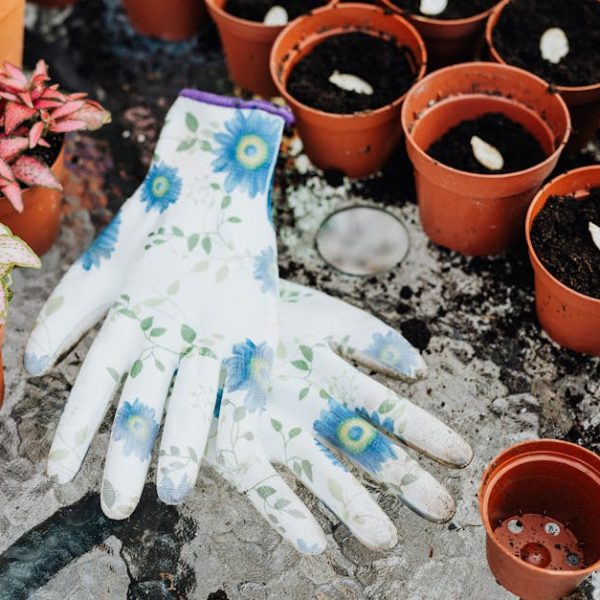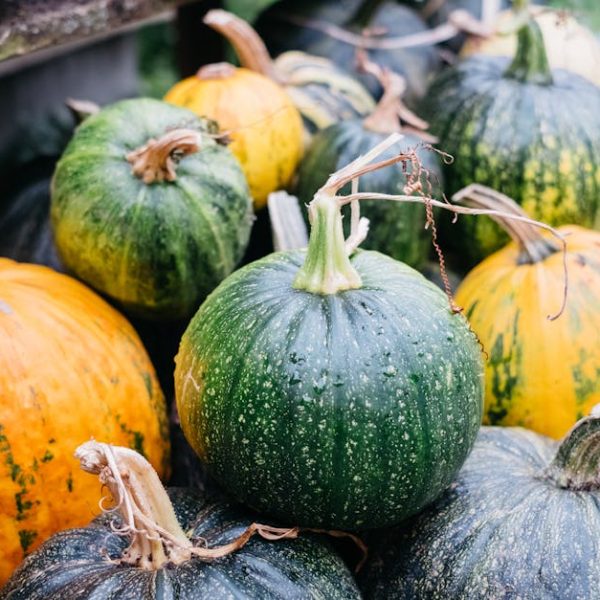Yearning for a bounty of beautiful squash in your home garden? Successful squash cultivation is within your grasp with the right knowledge and a little patience. By understanding how to choose the best cultivars, preparing the ideal planting site, understanding proper planting techniques, mastering squash care, and knowing how to harvest and store your produce, you’ll soon uncover the enjoyable art of raising thriving squash plants.
Selecting the Right Squash Varieties
The first step in your squash cultivation journey pivots on selecting the most suitable varieties. The key to this decision lies in being cognizant of your region’s climate, your garden’s specific growing conditions, and your own culinary preferences.
For instance, if you live in a cooler climate with a shorter growing season, opt for summer squash like zucchini or yellow crookneck. Conversely, warmer proportions with longer growing seasons may better suit winter squash like butternut or spaghetti squash.
Pro Tip: Always review the squash variety’s specific growing requirements to ensure it is an ideal match for your garden’s conditions.
Preparing the Ideal Planting Site
Next in line is preparing your garden site for planting – a step that could potentially impact your crop’s overall productivity. Chief factors include soil fertility, sunlight exposure, planting space, and local temperature conditions.
To start, squash plants thrive in well-drained, compost-rich soil with a neutral to slightly acidic pH. They adore sunlight and require a generous amount of space for unhampered growth. As for temperature, squash generally prefers an ambient temperature between 65 to 95 degrees Fahrenheit.
Pro Tip: Since squash are heavy feeders, enrich your soil with organic matter or a balanced fertilizer before planting, to provide the necessary nutrients for growing strong, healthy squash plants.
Proper Timing and Planting Techniques
Let’s now delve into planting those seeds. Squash, being warm-season vegetables, should be planted once the threat of frost has passed, and soil temperatures are consistently above 60 degrees Fahrenheit.
Seeds should be planted about an inch deep for summer squash and 1.5 inches deep for winter squash. Each planting site should contain 2 to 3 seeds, spaced around 18 to 36 inches apart – depending on the variety’s growth habit. Once the seedlings emerge and develop their first pair of true leaves, thin them to one strong plant per site.
A simple yet practical checklist on planting your squash:
- Note last frost date.
- Prepare your soil with compost or balanced fertilizer.
- Plant the seeds at the correct depth and spacing.
- Water thoroughly but avoid waterlogging the soil.
- Thin seedlings to one plant per site once the true leaves emerge.
In the subsequent response, we will explore vital squash care techniques and key aspects of harvesting and storing your high-yield produce.
Effective Techniques for Squash Plant Care
Outdoor errands such as tending to your squash are more than just refreshing – they’re instrumental in ensuring your plants remain healthy and yield a bountiful harvest! Consistent watering, proactive weed control, and effective pest/disease management are fundamental aspects of effective squash care.
Squash plants are quite thirsty, particularly during blooming and fruiting. You’ll want to water them generously, targeting the plant base to avoid wetting the leaves and promote good root hydration.
When it comes to weeds, keep your soil mulched. This not only deters the sprouting of unwanted competitors but it also retains soil moisture – a win-win scenario!
Pro Tip: Avoid watering in the late evening to minimize the risk of fungal diseases. Aim to water in the early morning when temperatures are cooler and evaporation rates lower.
Organic vs. Chemical Methods in Pest and Disease Control
The great debate: organic or chemical control methods? The answer depends on your personal gardening philosophy and concern for the environment.
| Organic Control | Chemical Control | |
|---|---|---|
| Effectiveness | Can be slow to act, but offers long-term pest and disease management. | Acts fast, but may need frequent applications for long-term control. |
| Environment Impact | Eco-friendly, poses little to no harm to non-target wildlife, and beneficial insects. | Can potentially harm the environment and non-target organisms, including beneficial insects. |
Remember, prevention is better than cure. Regularly check your plants for early signs of pests or diseases and act promptly when detected.
Harvesting and Storing Your Squash
Fast forward to a few successful weeks of gardening, and you may now be ready for your first squash harvest! The ideal time to harvest depends on the squash type. For summer squash, harvest when the skin is still soft and easily pierced by your thumbnail. Conversely, harvest winter squash when the skin has hardened and cannot be easily dent.
Pro Tip: Once harvested, keep your squash in a cool, dry place for long-lasting storage.
Your Squash Harvesting and Storing checklist:
- Gauge the correct time for harvesting your specific squash variety.
- Use a sharp knife or pair of pruning shears for a clean cut, leaving 1-2 inches of stem attached.
- Do not wash winter squash before storage, as this can promote mold growth.
- Store your squash in a cool, well-ventilated place.
Congratulations, there you have it – the delight of nurturing your very own squash plants from seed to harvest! Happy gardening!
Key Takeaway:
- Choosing the right squash variant suitable to climate, growing conditions, and personal preference is essential.
- Preparing the perfect planting site involves considering factors like sunlight, temperature, soil quality, and space.
- Timing and proper planting techniques significantly affect growth and yield.
- Regular watering, weed control, and pest prevention are keys to squash plant care.
- Harvesting at the right maturity and storing squash correctly enhances shelf life and quality.
Harvest the benefits of your patience and efforts with a bountiful yield of squash! With the right knowledge and practices, your squash plants will thrive and reward you with nutritious produce. Remember, each plant you cultivate contributes not only to your kitchen but also to our planet’s wellness. Happy gardening!
FAQs
Q: Can I plant different varieties of squash together?
A: Yes, different varieties of squash can be grown together. However, remember to provide enough space for each plant and be aware that cross-pollination might occur if you plan to save seeds for the future.
Q: What can I do if my squash plants keep wilting?
A: Wilting could be due to insufficient watering or a fungal disease. Make sure your plants receive adequate water, especially during dry spells. If wilting continues, disease might be the issue, and it would be best to consult a gardening expert.
Q: How often should I water my squash plants?
A: Squash plants usually need watering every 2 to 3 days, depending on the weather and soil moisture level. Allow the soil to dry out slightly between watering to avoid waterlogging.
Q: Can I use my squash immediately after harvesting?
A: Yes, summer squash can be used immediately after harvest. However, winter squash needs curing for about a week to improve its flavor and extend its shelf life.
Q: What can I do to control the pests on my squash plants?
A: Regular monitoring and early detection make a difference. Prefer organic control methods such as manual removal, using beneficial insects, or organic sprays. Chemical methods are available but use them judiciously, considering environmental impacts.
Explore more gardening posts on our website and share this article with others interested in gardening endeavors!
